Cast iron is a traditional piece of iron-carbon alloy that has been prevalent for centuries, requires great care to maintain, but is very durable. However, over time exposure to water oxidizes the exterior of the pipes. This causes them to rust, then break down and let dirt, roots, and rusted metal into the water source. This can quickly endanger all users of the pipeline. However, Advantage Reline offers services to ensure that the infrastructure is not disturbed by using our cast iron sewer Cured In Place Pipe Lining. Through careful relining of the cast iron sewer line, we make sure that your valuable infrastructure is able to receive the care it needs and that it can last a lifetime.
What Are Cast Iron Sewer Lines?
When cast iron sewer lines were laid, they seemed like the natural choice. They were durable, strong, and could be expected to last for decades. Over time, however, the metallic surfaces of these pipes would contact moisture and cause them to rust and corrode. This means that eventually the pipe must be replaced due to advanced deterioration or failure.
As the pipe continues to rust and deteriorate, the stream of wastewater will etch into the bottom of the pipe and erode through it. This will cause more and more dirt, metal scraps, and animal waste to enter the water system. As this goes on, wastewater may escape the pipe and erode the soil surrounding the pipe, and eventually lead to catastrophic collapse.
How To Strengthen Cast Iron Sewer Lines
In order to make sure a cast iron sewer line lasts, it’s important to treat it with Cured-In-Place Pipe Relining. We’re very proud of our CIPP Relining, and we feel it’s the natural solution to ensure that cast iron sewer lines are able to last for years to come. In order to begin a cast iron sewer Cured-In-Place Pipe Relining, we first have an experienced team member review the site, survey potential damage, and verify that a cast iron sewer Cured-In-Place Pipe lining is the best treatment for the job. Once the team member has done so, we send other team members and equipment to begin the work of relining.
Cured-In-Place Pipe Relining is a form of trenchless rehabilitation for pipes, so you don’t need to worry about our team members excavating large expanses of pipe, parking digging equipment, or a protracted repair process. Instead, Cured-In-Place Pipe (CIPP) Repair is a trenchless pipe repair option that prescribes precise care on damaged pipes. In order to begin the cast iron sewer cured in place pipe lining process, we first apply a polymer-impregnated felt tube, line it through the repair area, and cure it into place to reinforce the structure of the pipe. Depending on the state of the pipe, we may cure it through either hot water or steam. If the cast iron sewer line is severely corroded, we may use one of our UV light generators. The perfect CIPP repair can last for over 50 years and is covered with our lifetime warranty.
What Comes Next?
Eroding cast iron sewer lines require quick repairs to ensure that you, your family, and the environment remain safe. Reach out to us for a free consultation, and for additional information about how to report an eroding cast iron sewer line in your area. Learn more about all the services Advantage Reline offers by following this link.






